Triage measurements in the emergency department overestimate blood pressure
Emergency Medicine Journal
OCTOBER 23, 2024
Patients who present to the ED usually have their BP measured as part of their routine triage assessment. BP measurements suggesting hypertension (≥140 systolic or ≥90 diastolic 1 ) are a frequent incidental finding, unrelated to the patient’s presenting complaint, but require follow-up. 2 Hypertension is associated with an increased risk of cardiovascular events, so its detection in ED may be an opportunity to initiate further investigations and management. 3 Guidance produced
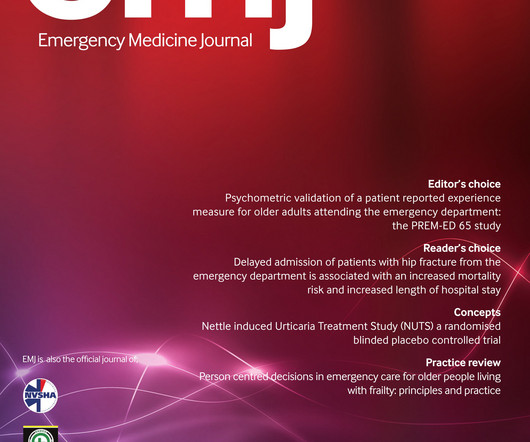
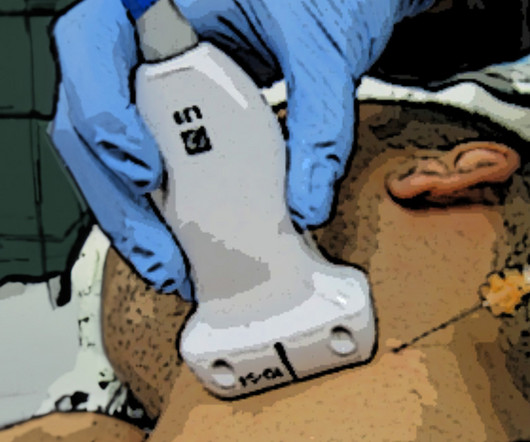
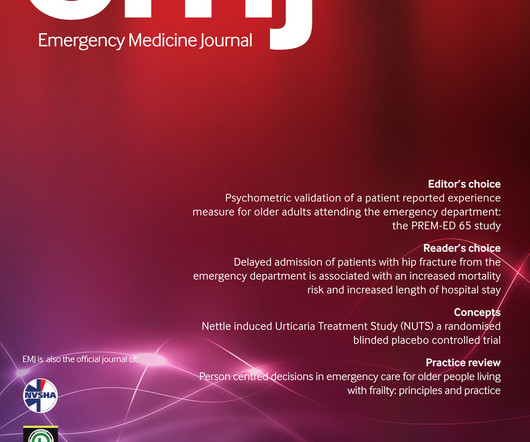
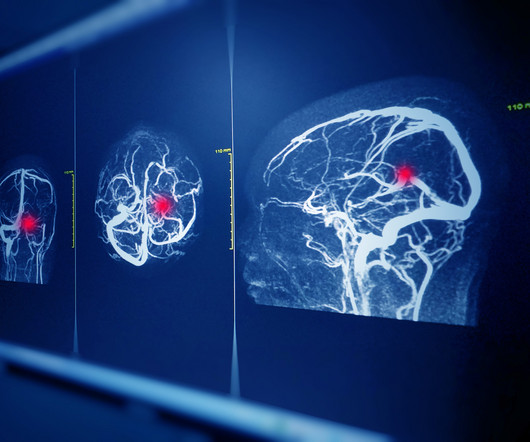


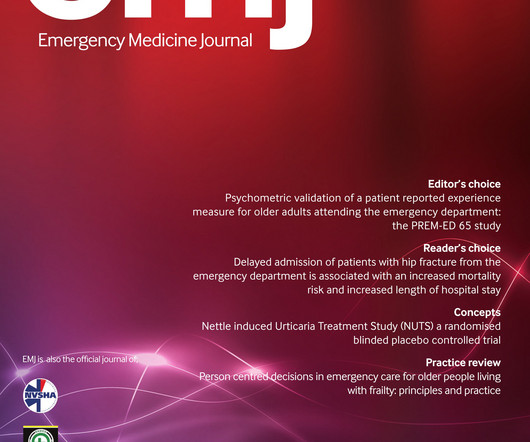

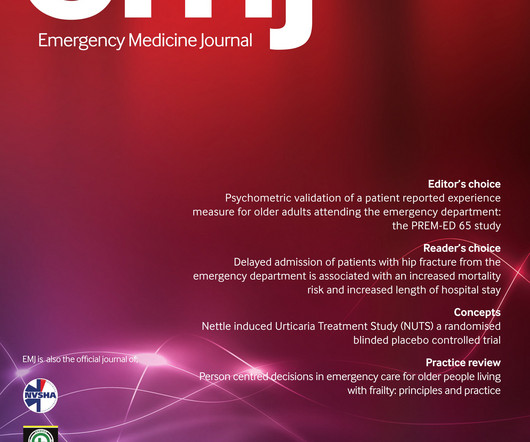

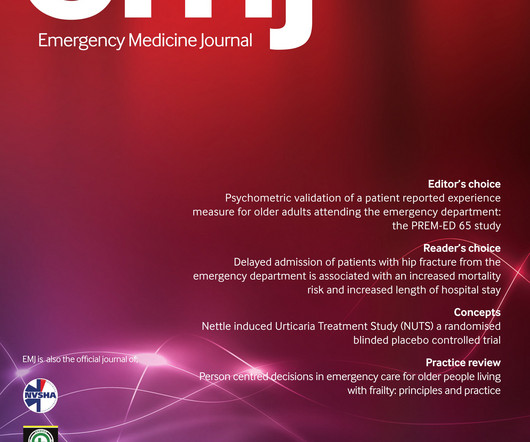
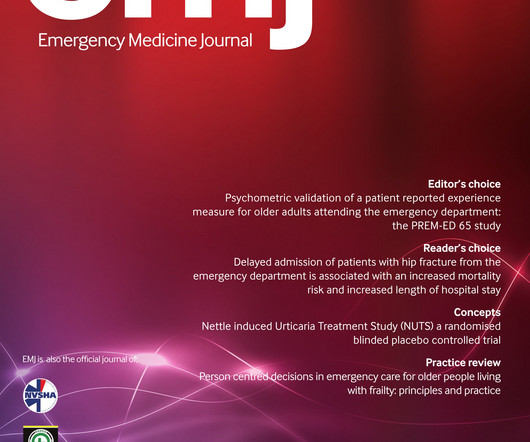
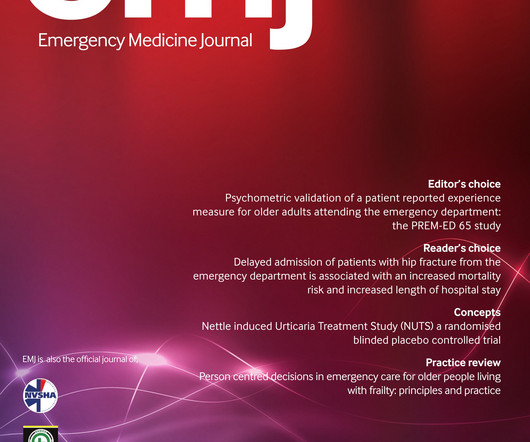
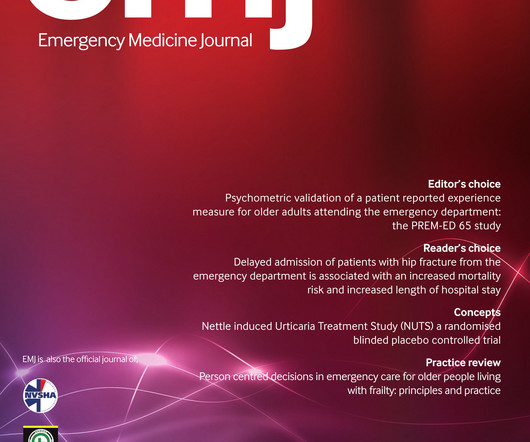
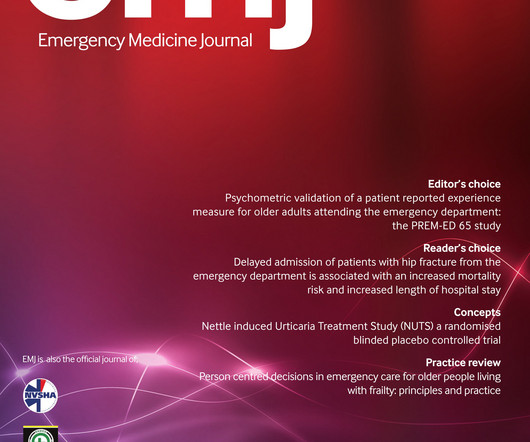
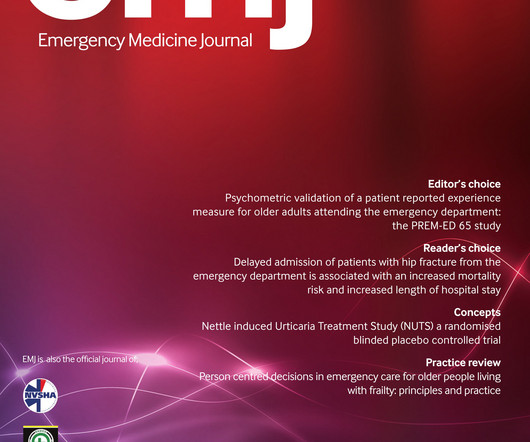

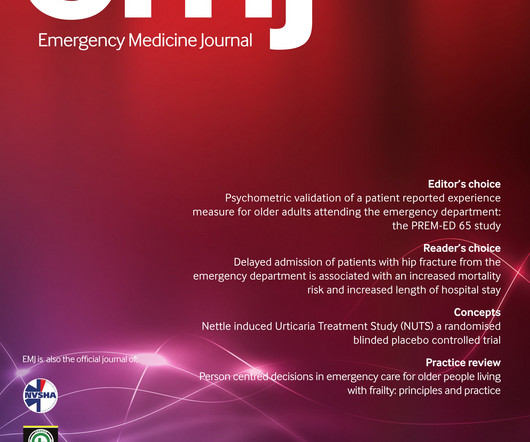

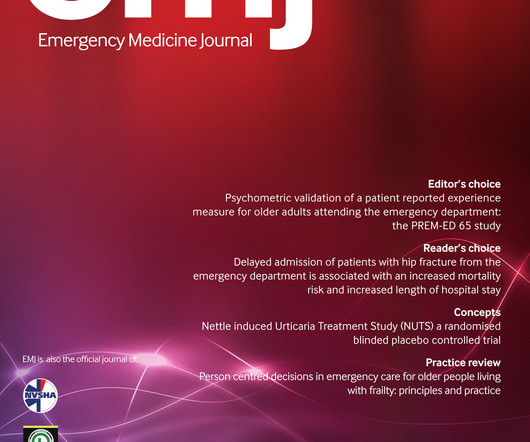







Let's personalize your content